
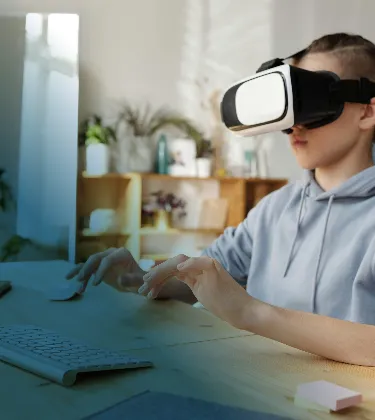


Bringing Learning to Life
with VR/AR
VR/AR revolutionizes education by enabling immersive, real-world learning experiences that
enhance retention far beyond traditional methods. From primary schools to universities, engaging
virtual content makes complex concepts easier to grasp.
VR/AR revolutionizes education by enabling immersive, real-world learning experiences that enhance retention far beyond traditional methods. From primary schools to universities, engaging virtual content makes complex concepts easier to grasp.
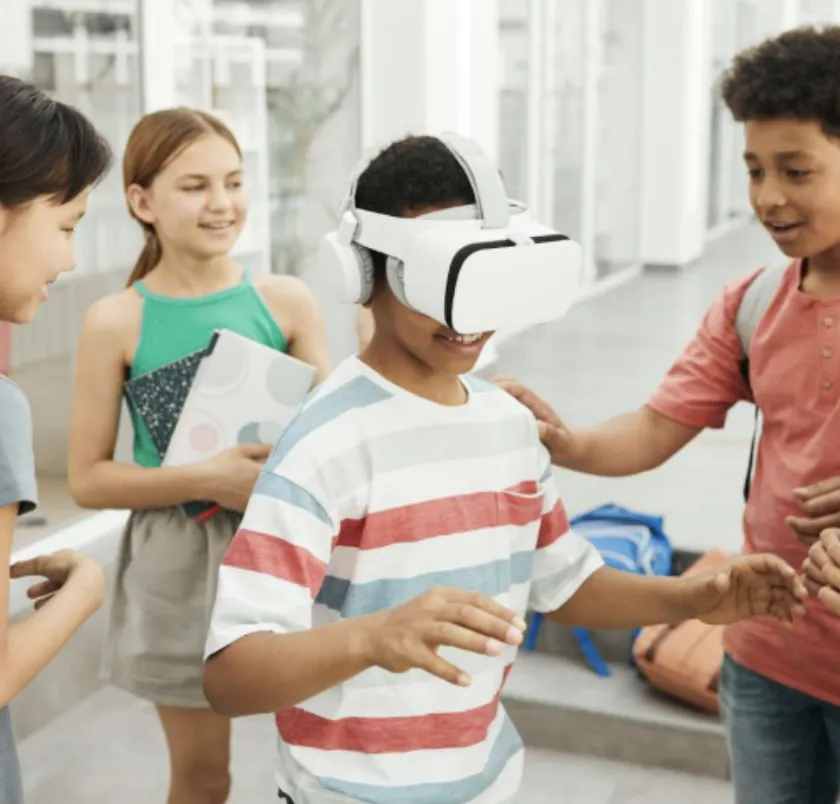
Exploring Education Through VR
Depending on the age of the students and the subject, VR lessons can put the focus on different areas:
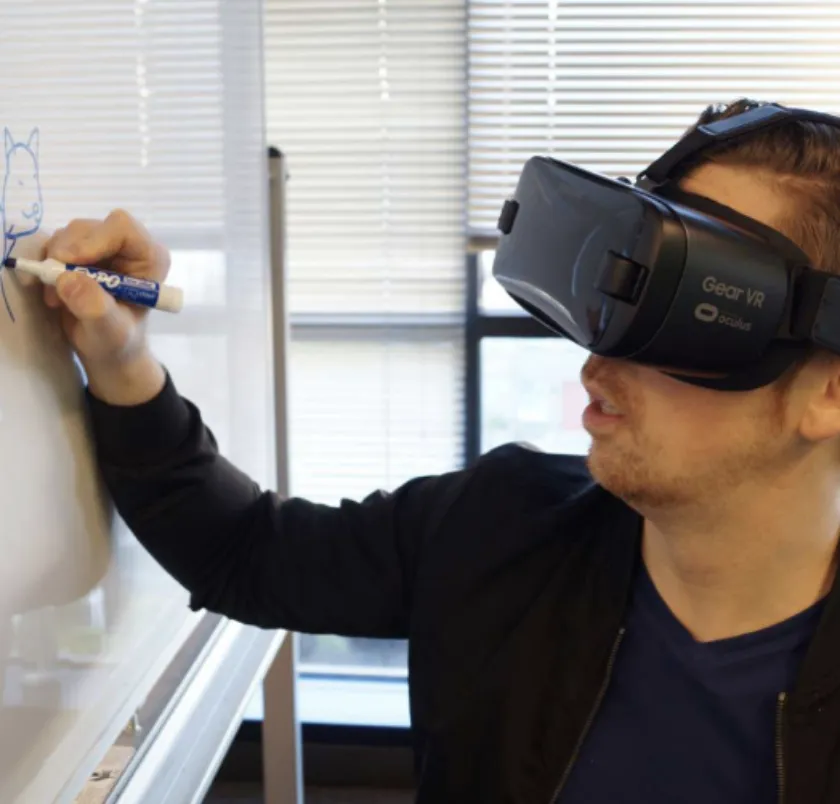
Categories of VR & AR in Education
VR & AR Education can be classified into:
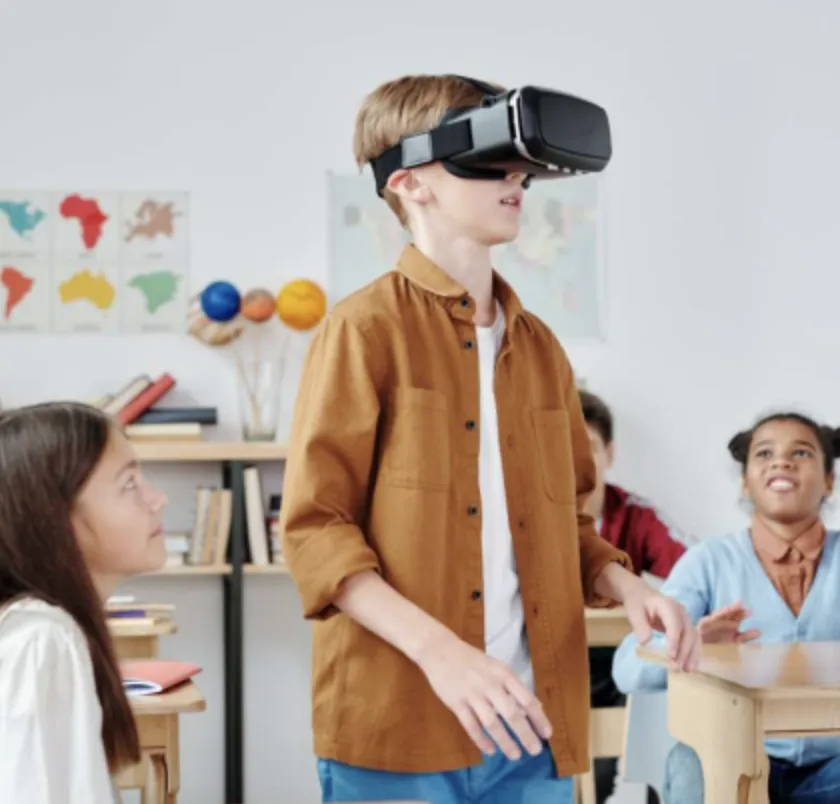
Virtual Classroom
VR classrooms, on the other hand, give students opportunities to raise their hands, ask questions organically, and feel more directly invested.
VR education makes learning experiences social, by allowing students to communicate with each other as well as the teacher. Using avatars and mapped facial expressions, students can come together to discuss and collate information, and learn from one another.
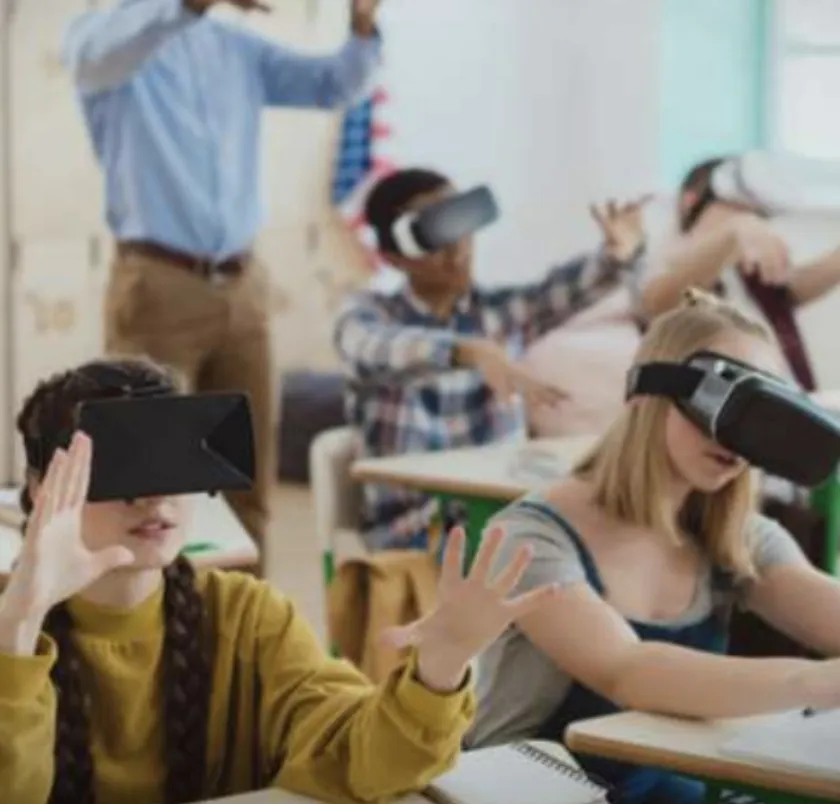
Virtual Field Trips
Similarly, during a class about oceans and ecosystems, students can take a virtual swim through the coral reefs. With VR and AR, teachers are no longer limited by the classroom walls.
VR lets students explore the world virtually, allowing teachers to guide students through collections of scenes and objects, and to point out interesting sites and artifacts along the way.
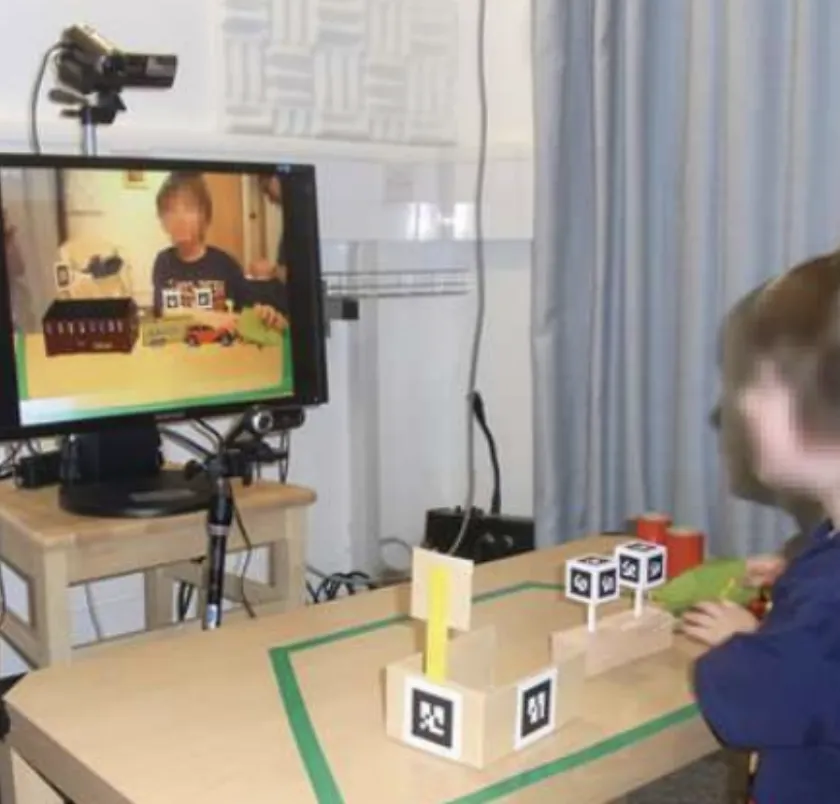
Special Education VR
VR has also been effectively used to tackle social anxiety, language deficiencies, attention deficit hyperactivity disorder (ADHD), physical or motor disability, cognitive deficits, dyslexia, and Down’s syndrome.
Lessons become more enjoyable. The most profound effect lies in the improvement of communication skills, especially in students with hearing problems. For autistic students, VR seems to encourage social interaction.
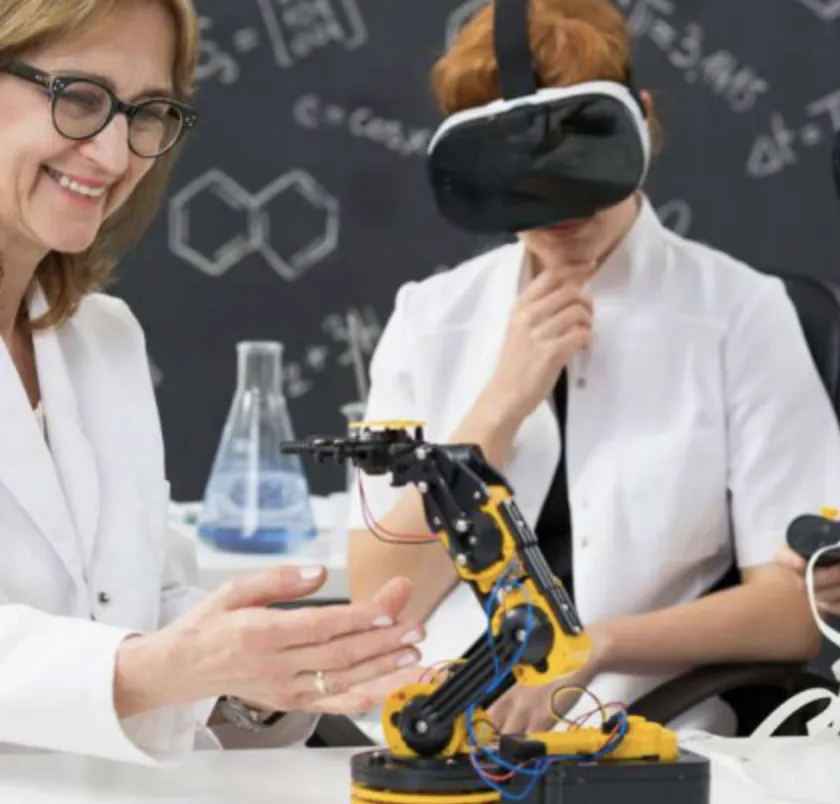
Virtual Labs
VR technology offers a realistic lab experience that lets users perform experiments and practice skills in a fun and risk-free learning environment.
VR labs have many opportunities not available in regular labs, such as the ability to view life science at the molecular level, to examine scenarios that highlight the connection between the lab experience and the real world, and to speed up experiments so results can be seen faster.
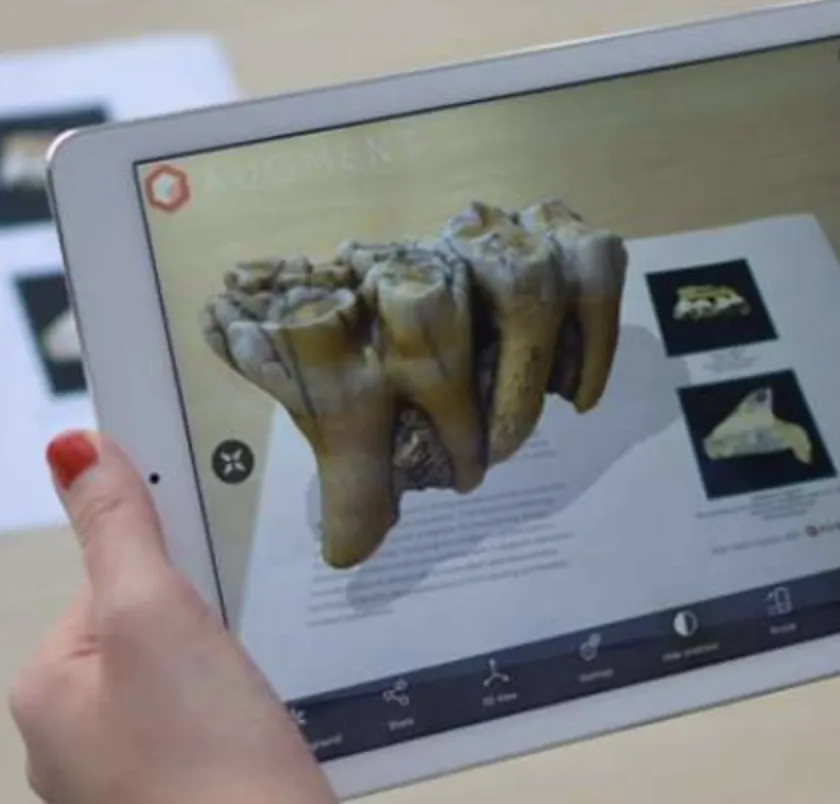
AR in Education
The hardware for AR learning may be basic, like smartphone cameras for Pokemon Go. However, AR glasses like Epson Moverio and Vuzix Blade offer more convenience (and cost).
AR in education enables real-time, on-the-go learning for various use cases.
Despite common misconceptions, AR offers much more than chasing Pokémon. Here are some examples of AR in education.

AR Apps for Kids
AR Apps can be built that can change the ways children read books, look at art and posters, learn science, and conduct classroom lab experiments.
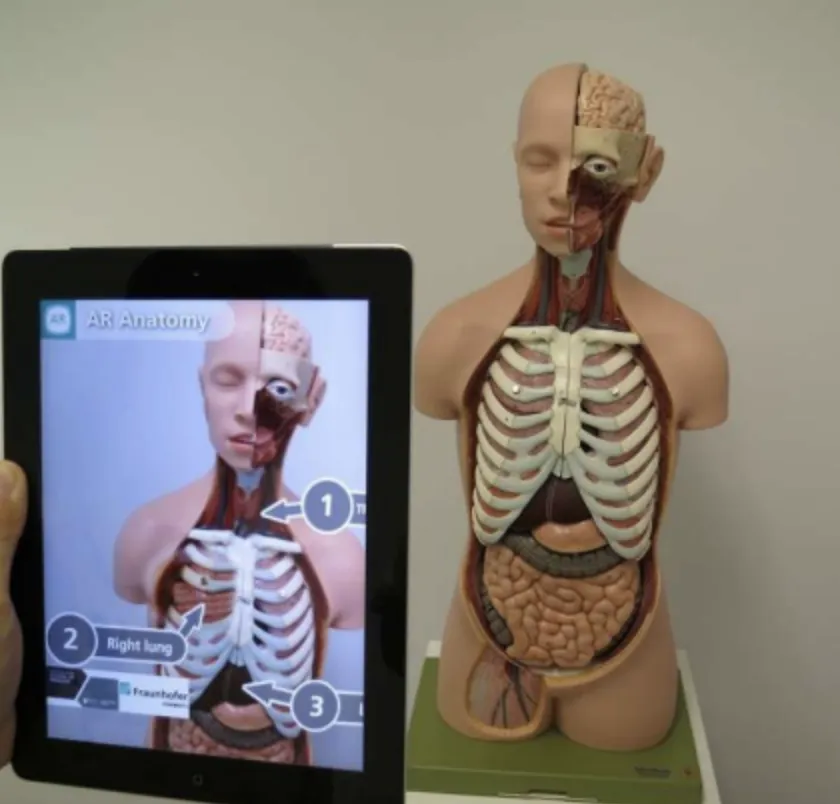
AR in the Classroom
In this case, they can help the teacher explain a subject, provide a visual representation of the material, and help students test out their knowledge in practice.
AR apps can be built for almost any subject, including chemistry, geometry, zoology, grammar, and even programming.
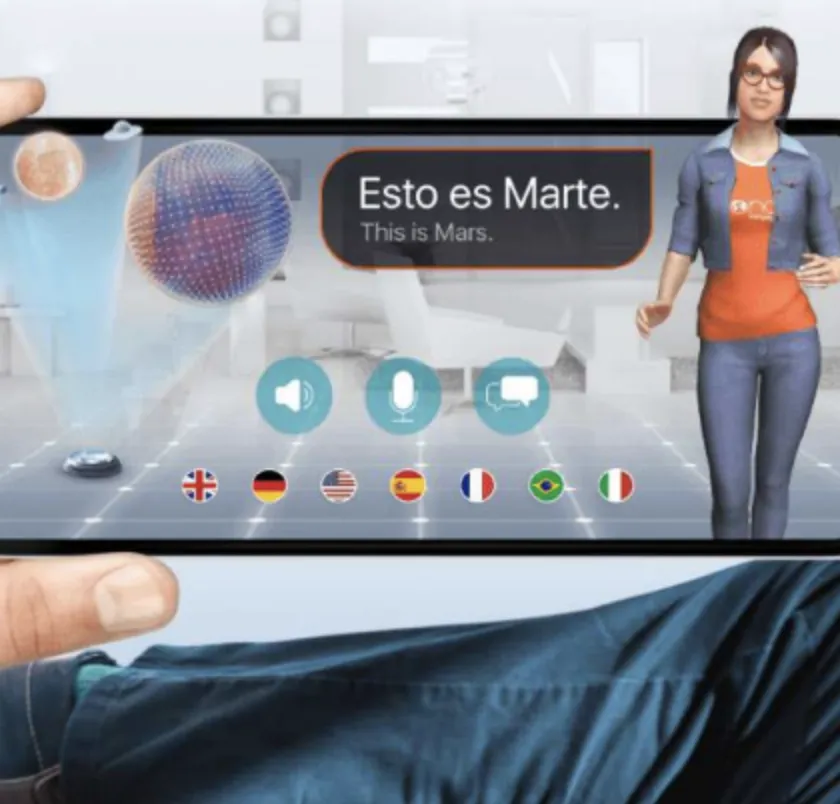
Distance Learning